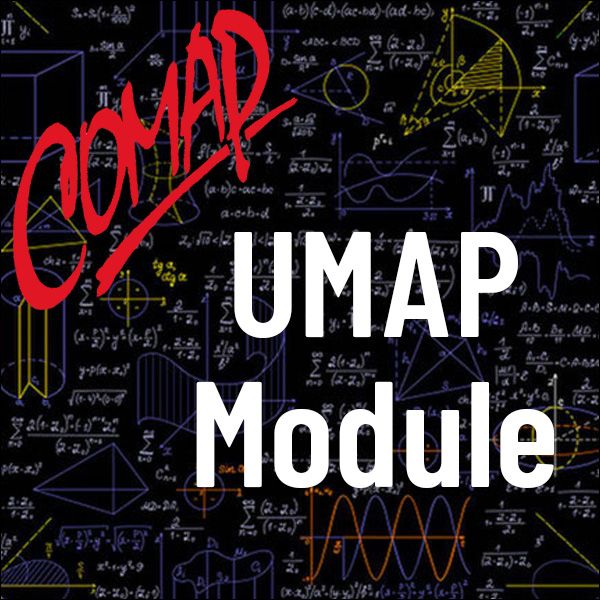Economic Equilibrium: Simple Linear Models (UMAP)
Author: Philip M. Tuchinsky
This unit: 1) discusses the movement of prices due to shifts in supply and demand, and price equilibrium; 2) defines total demand and free supply and describes the effect on prices of an increase in either; and 3) describes an application leading to a set of linear equations. The student will discover that mathematical economists inevitably find themselves using linear algebra to express their ideas.
Table of Contents:
PART I: SUPPLY AND DEMAND FOR A SINGLE PRODUCT
1. Price Equilibrium
2. The Purpose of This Paper
3. Assumptions about the Economy
4. Supply and Demand Depend on Price
5. The One-Product Model
6. Equilibrium in the One-Product Model
PART II: THE ANALOGOUS TWO-PRODUCT MODEL
7. Modeling Two Interrelated Products
8. The Two-Product Model in Vector and Matrix Notation
9. Equilibrium Supply and Demand in the Two-Product Model
10. Matrix Level vs. Entry Level Calculations
PART III: GENERALIZATION TO n-PRODUCTS
11. The Model with n-Products
12. Solution of the n-Product Model
PART IV: HOW DID WE GET THIS FAR?
13. Making a Start
14. Improving on Our First Effort
15. Hindsight is Perfect
PART V: TWO ECONOMIC INSGIHTS FROM THE MODEL
16. Total Demand
17. Free Supply
PART VI: ARE LINEAR FUNCTIONS CRUCIAL TO THE MODEL?
18. A Job for Taylor's Theorem
19. Discontinuous Supply and Demand Curves
PART VII: SOLUTIONS TO EXERCISES

Mathematics Topics:
Application Areas:
Prerequisites:
You must have a Full Membership to download this resource.
If you're already a member, login here.